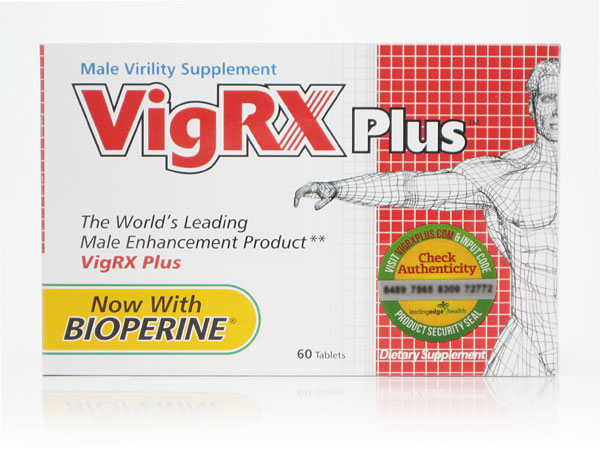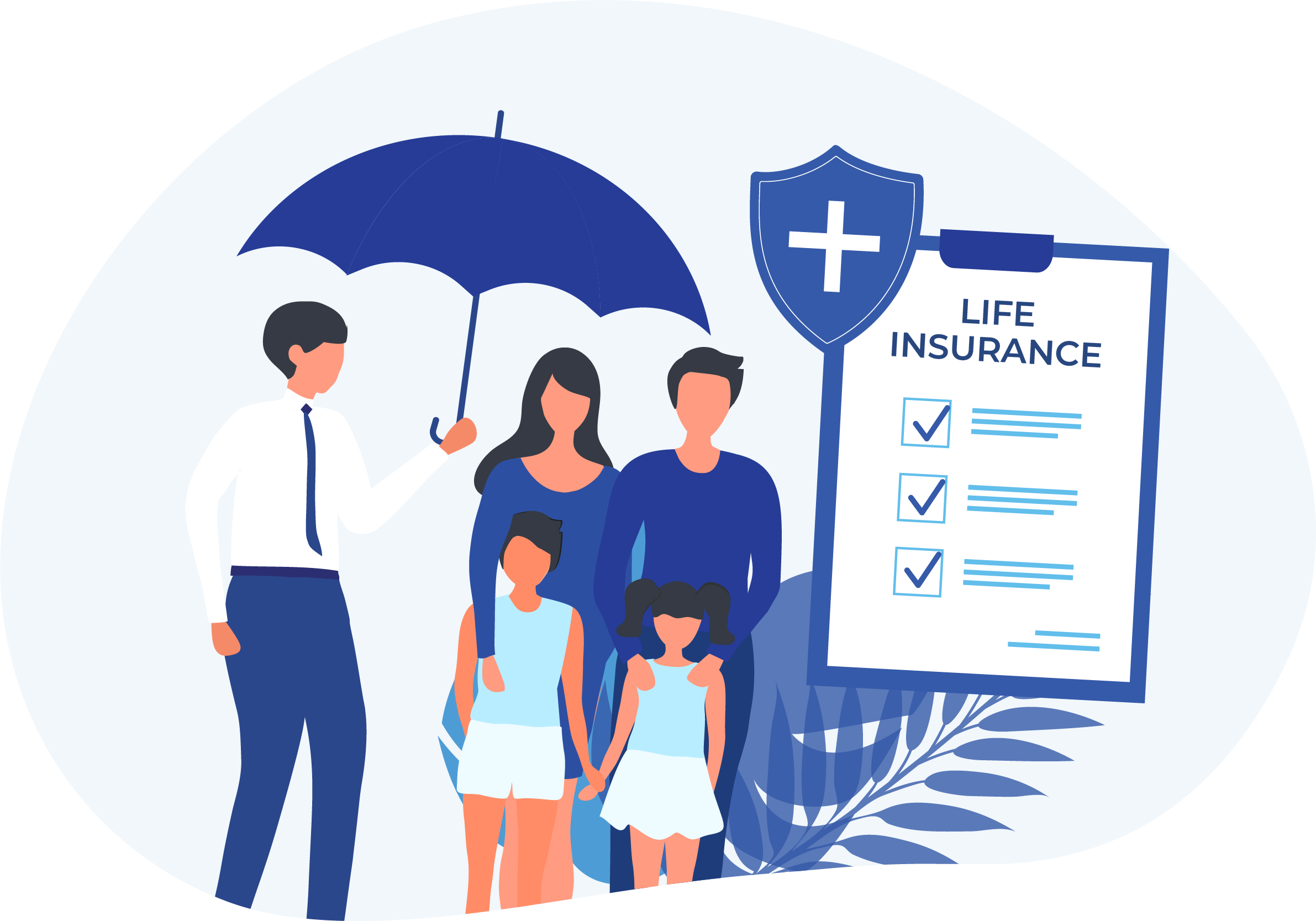Content marketing has become a cornerstone of digital strategy, enabling brands to connect with their audience, build trust, and drive engagement. However, to achieve maximum reach and effectiveness, it's essential to tailor content strategies to specific platforms. Each platform has unique characteristics and audience expectations, making it crucial to adapt your content marketing approach accordingly. This article provides comprehensive checklists for content marketing across various platforms, ensuring you maximize your reach and impact.
Content Marketing on Social Media
Social media platforms like Facebook, Instagram, Twitter, LinkedIn, and TikTok offer vast opportunities for reaching diverse audiences. To maximize your reach on these platforms, follow these checklists:
Facebook:
- Audience Analysis: Understand your audience demographics and interests using Facebook Insights.
- Content Types: Utilize a mix of posts, including images, videos, infographics, and stories.
- Engagement Strategies: Encourage interactions through polls, questions, and live sessions.
- Posting Schedule: Use Facebook’s scheduling tools to post at optimal times for your audience.
- Ad Campaigns: Leverage Facebook Ads to target specific audiences and boost content visibility.
- Analytics: Monitor engagement metrics and adjust your strategy based on performance data.
Instagram:
- Visual Aesthetics: Maintain a consistent and visually appealing aesthetic for your posts and stories.
- Hashtags: Use relevant and trending hashtags to increase discoverability.
- Engagement: Interact with followers through comments, direct messages, and stories.
- Influencer Partnerships: Collaborate with influencers to expand your reach and credibility.
- Instagram Ads: Utilize Instagram’s ad features to target specific demographics and interests.
- Insights: Track performance metrics such as reach, impressions, and engagement to refine your strategy.
Twitter:
- Concise Messaging: Craft clear and concise tweets that capture attention quickly.
- Hashtags: Incorporate trending and relevant hashtags to enhance visibility.
- Engagement: Respond to mentions, retweets, and replies to foster community engagement.
- Tweet Timing: Post at times when your audience is most active to maximize reach.
- Twitter Ads: Use Twitter Ads to promote tweets and target specific audience segments.
- Analytics: Monitor tweet performance and adjust your content strategy based on insights.
LinkedIn:
- Professional Tone: Maintain a professional tone and focus on industry-related content.
- Content Types: Share articles, case studies, whitepapers, and company updates.
- Networking: Engage with industry leaders and participate in relevant groups and discussions.
- Publishing: Use LinkedIn Publishing to share long-form content and establish thought leadership.
- LinkedIn Ads: Target professionals and decision-makers through LinkedIn Ads.
- Analytics: Analyze post performance and audience engagement to optimize your strategy.
TikTok:
- Creative Content: Produce short, engaging, and creative videos that align with trending challenges or themes.
- Hashtags and Trends: Use popular hashtags and participate in trending challenges to increase visibility.
- Engagement: Interact with users through comments and duets to build a community.
- Frequency: Post regularly to maintain visibility and engagement.
- TikTok Ads: Utilize TikTok Ads to reach specific demographics and interests.
- Analytics: Track video performance metrics to understand what resonates with your audience.
Content Marketing on Blogs
Blogs remain a powerful tool for content marketing, providing valuable information and driving organic traffic. To maximize your reach with blog content, follow these guidelines:
- Keyword Research: Identify relevant keywords and phrases that your target audience is searching for.
- Quality Content: Create well-researched, informative, and engaging content that addresses your audience’s needs.
- SEO Optimization: Optimize your content with on-page SEO techniques, including meta tags, headers, and internal linking.
- Visuals: Incorporate images, infographics, and videos to enhance readability and engagement.
- Promotional Strategies: Share blog posts on social media, email newsletters, and other channels to drive traffic.
- Analytics: Use tools like Google Analytics to monitor traffic, user behavior, and conversion rates.
Content Marketing on Email
Email marketing allows for personalized and targeted communication with your audience. To maximize reach and effectiveness, follow these checklists:
- Segmentation: Segment your email list based on demographics, behavior, or interests to tailor your content.
- Compelling Subject Lines: Craft attention-grabbing subject lines to increase open rates.
- Personalization: Use personalized content and dynamic fields to enhance relevance and engagement.
- Content Variety: Include a mix of promotional, educational, and informative content.
- Call-to-Actions: Incorporate clear and compelling calls-to-action to drive desired actions.
- Analytics: Track open rates, click-through rates, and conversion rates to assess performance and optimize future campaigns.
Content Marketing on YouTube
YouTube is a powerful platform for video content, offering opportunities for brand storytelling and audience engagement. To maximize your reach on YouTube, consider the following:
- Video Quality: Invest in high-quality video production to ensure a professional appearance.
- SEO Optimization: Use relevant keywords in titles, descriptions, and tags to improve discoverability.
- Thumbnails: Create eye-catching thumbnails that encourage viewers to click on your videos.
- Engagement: Interact with viewers through comments and community posts to build relationships.
- Consistency: Post videos consistently to maintain audience interest and engagement.
- Analytics: Monitor metrics such as views, watch time, and audience retention to refine your content strategy.
Content Marketing on Podcasts
Podcasts offer a unique way to engage with your audience through audio content. To maximize your reach with podcasts, follow these tips:
- Quality Production: Ensure high-quality audio production for a professional listening experience.
- Content Planning: Plan your episodes around relevant topics and guest appearances to maintain interest.
- Promotion: Promote your podcast on social media, websites, and email newsletters to attract listeners.
- Consistency: Release episodes on a regular schedule to build a loyal audience.
- Engagement: Engage with your audience through listener surveys and feedback.
- Analytics: Track metrics such as downloads, listener demographics, and episode performance to optimize content.
Content Marketing on Webinars
Webinars provide a platform for live, interactive content and are effective for lead generation and thought leadership. To maximize your reach with webinars, follow these guidelines:
- Topic Relevance: Choose topics that address your audience’s pain points or interests.
- Promotion: Promote your webinar through social media, email, and partnerships to attract registrants.
- Engagement: Encourage audience participation through Q&A sessions, polls, and interactive features.
- Follow-Up: Send follow-up emails with webinar recordings, additional resources, and calls-to-action.
- Feedback: Collect feedback from participants to improve future webinars.
- Analytics: Monitor registration and attendance metrics to evaluate effectiveness and make improvements.
Content Marketing on E-commerce Platforms
For e-commerce businesses, content marketing can drive sales and enhance customer experience. To maximize reach on e-commerce platforms, consider the following:
- Product Descriptions: Create detailed and engaging product descriptions that highlight features and benefits.
- Visual Content: Use high-quality images and videos to showcase products and increase appeal.
- Customer Reviews: Encourage and display customer reviews to build trust and credibility.
- SEO Optimization: Optimize product pages with relevant keywords to improve search visibility.
- Promotions: Utilize promotions, discounts, and limited-time offers to drive sales.
- Analytics: Track metrics such as conversion rates, average order value, and customer behavior to refine your strategy.
Content Marketing on Forums and Communities
Participating in forums and online communities can help establish authority and drive traffic. To maximize your reach in these spaces, follow these tips:
- Relevant Participation: Engage in discussions related to your industry or niche to provide valuable insights.
- Profile Optimization: Optimize your profile with relevant information and links to your content.
- Value Addition: Share helpful content, answer questions, and contribute to discussions without overtly promoting your brand.
- Consistency: Regularly participate to build credibility and maintain visibility.
- Analytics: Track referral traffic and engagement metrics to assess the impact of your participation.
Final Thoughts
Tailoring your content marketing strategy to each platform's unique characteristics is essential for maximizing reach and effectiveness. By following the checklists provided for social media, blogs, email, YouTube, podcasts, webinars, e-commerce, and forums, you can optimize your content for diverse audiences and platforms. Each platform offers distinct opportunities for engagement and visibility, and understanding how to leverage these opportunities will help you achieve your content marketing goals. Whether you're aiming to increase brand awareness, drive traffic, or generate leads, a well-rounded and platform-specific approach will ensure your content resonates with your audience and delivers measurable results.
FAQ:
1. Why is it important to tailor content marketing strategies to different platforms? Tailoring content marketing strategies to different platforms ensures that your content is optimized for the unique characteristics and audience expectations of each platform. This approach maximizes engagement, reach, and effectiveness, leading to better overall results.
2. What are the key components of a successful content marketing strategy on social media? Key components include understanding your audience, using diverse content types, engaging with followers, posting at optimal times, leveraging ads, and monitoring analytics to refine your strategy.
3. How can I optimize my blog content for maximum reach? To optimize blog content, conduct keyword research, create high-quality and engaging content, use SEO techniques, incorporate visuals, promote your posts through various channels, and analyze performance metrics.
4. What are the best practices for email content marketing? Best practices include segmenting your email list, crafting compelling subject lines, personalizing content, including a mix of promotional and informative content, using clear calls-to-action, and tracking open rates, click-through rates, and conversions.
5. How can I maximize reach on YouTube? To maximize reach on YouTube, focus on high-quality video production, optimize video titles, descriptions, and tags with relevant keywords, create engaging thumbnails, interact with viewers, maintain consistency in posting, and track performance metrics.
6. What should I consider when creating podcast content? Consider high-quality audio production, relevant and engaging topics, promotion strategies, consistent release schedules, audience engagement through feedback, and tracking download metrics to assess performance.
7. How can webinars be used effectively for content marketing? Webinars can be effective by selecting relevant topics, promoting the webinar through multiple channels, engaging participants with interactive features, following up with recordings and additional resources, collecting feedback, and analyzing registration and attendance metrics.
8. What are the best strategies for content marketing on e-commerce platforms? Best strategies include creating detailed and engaging product descriptions, using high-quality visuals, encouraging customer reviews, optimizing product pages for SEO, utilizing promotions and discounts, and tracking conversion rates and customer behavior.
9. How can I effectively participate in forums and online communities for content marketing? Participate by engaging in relevant discussions, optimizing your profile, adding value through helpful content and answers, maintaining consistency in participation, and tracking referral traffic and engagement metrics.
10. What role does SEO play in content marketing across different platforms? SEO is crucial for increasing visibility and reach by optimizing content with relevant keywords, meta tags, and on-page elements. Proper SEO practices help content rank higher in search results, attracting more traffic and engagement.
11. How can I use analytics to improve my content marketing strategy? Use analytics to monitor performance metrics such as engagement rates, traffic sources, conversion rates, and audience behavior. Analyzing these metrics helps identify what works, what needs improvement, and how to refine your content strategy for better results.
12. What are some common mistakes to avoid in content marketing? Common mistakes include failing to understand the target audience, neglecting SEO, inconsistent posting schedules, lack of engagement with followers, and not analyzing performance metrics to adjust strategies.
13. How often should I update my content marketing strategy? Regular updates are important based on performance analysis, changes in platform algorithms, audience feedback, and industry trends. Typically, revisiting and updating your strategy every 3 to 6 months is recommended.
14. How can I measure the ROI of my content marketing efforts? Measure ROI by tracking metrics such as lead generation, sales conversions, website traffic, and engagement rates. Compare these metrics against your content marketing investments to assess effectiveness and return on investment.
15. Are there tools available to help with content marketing across multiple platforms? Yes, there are various tools available for content marketing management, including Hootsuite, Buffer, Google Analytics, SEMrush, and Mailchimp. These tools help with scheduling, analytics, SEO, and overall strategy management.
16. How can I ensure my content remains relevant and engaging? Keep your content relevant and engaging by staying updated with industry trends, understanding your audience's needs and preferences, incorporating feedback, and continuously optimizing your content based on performance metrics.
17. What role do visuals play in content marketing? Visuals enhance content by making it more engaging, memorable, and shareable. High-quality images, infographics, and videos can capture attention, convey information more effectively, and increase overall engagement.
18. How can I handle negative feedback or comments on social media? Address negative feedback professionally and promptly. Acknowledge the issue, provide solutions or corrective actions if applicable, and maintain a positive and respectful tone to manage the situation effectively.
19. Can content marketing strategies be applied to all types of businesses? Yes, content marketing strategies can be adapted to fit various types of businesses, including B2B, B2C, e-commerce, and service-based industries. The key is to tailor the approach to the specific audience and platform.
20. How can I stay updated with the latest trends in content marketing? Stay updated by following industry blogs, subscribing to newsletters, attending webinars and conferences, participating in online communities, and leveraging insights from analytics to keep up with evolving trends and best practices.
Get in Touch
Website – https://www.webinfomatrix.com
Mobile - +91 9212306116
Whatsapp – https://call.whatsapp.com/voice/9rqVJyqSNMhpdFkKPZGYKj
Skype – shalabh.mishra
Telegram – shalabhmishra
Email - info@webinfomatrix.com







 English (US) ·
English (US) ·